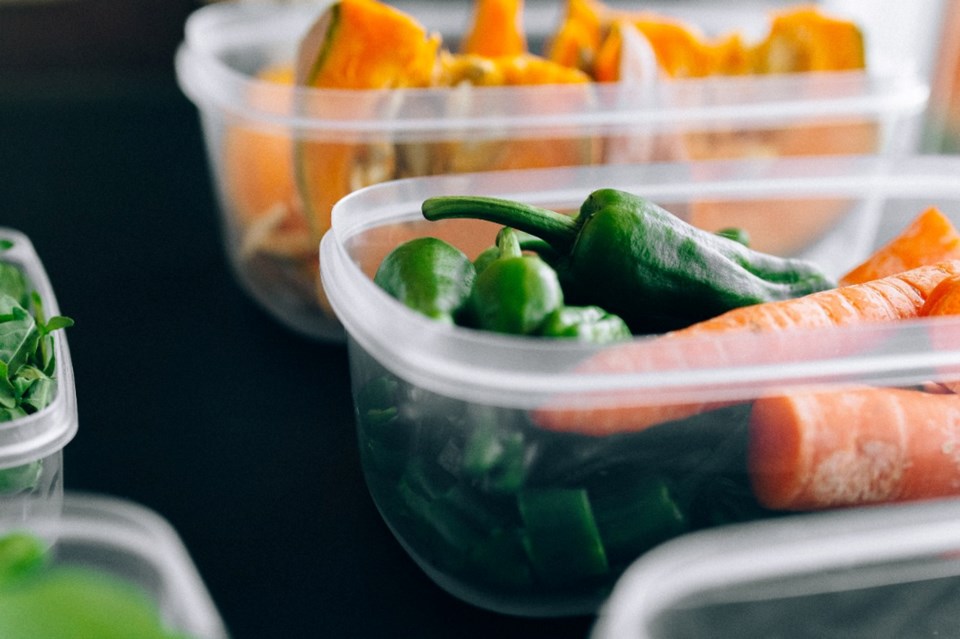Can loyalty and nostalgia save a brand?
Some of the saddest signs to see are ones that say 'Going out of Business', 'Store Closing', or 'Bankruptcy'.
It happens all the time, but it seems way more often post-pandemic, or maybe I’m just paying more attention.
What prompted this column was the recent news that the iconic food storage brand Tupperware could go out of business.
Check your cupboards, there’s likely a bunch of it way in the back.
Everybody — and I mean everybody — had some or at least heard of Tupperware.
It was founded in the 1940s by Earl Tupper of Florida. He was a chemist who created the plastic bowl with the “burp seal.” If you pressed down on the lid until you heard the burp sound, it meant you had an air-tight lock.
I recall basic pastel colours for the bowls, pitchers and tumblers. They were plastic, so unbreakable.
Something they never told you was that the lids multiplied inside the cupboard at twice the rate of the bowls. That remains one of the secrets of the universe.
I also remember there was a lifetime guarantee on the products.
Ask your mother or grandmother about Tupperware parties. I bet they either hosted or attended a few in their lifetime.
I remember going to several with my mom. We never really liked them as you basically sat around someone’s living room and watched a lady display and demonstrate bowls and gadgets. It seemed like a snoozefest to me. Most adults seemed interested. I was just excited for the cookies served, as a bribe, to entice the attendees!
These parties felt a bit like being held hostage and you weren’t going to escape until you put in an order. We picked the cheapest item and made a hasty exit.
On the plus side, back in the 1950s and '60s, it became a way for stay-at-home moms to make some extra money and also combined socializing with a new marketing strategy.
Tupperware was also a popular gift for wedding showers through the decades.
Tupperware scholar (there’s a title) Bob Kealing says: “Women would wear dresses, gloves and heels for these parties that were quite glamorous. They were meant to be entertaining with games and prizes. They were used for sales, but also for recruiting new salespeople."
Over the years, while home parties continued the company had to modernize.
According to an article in CNN Business, the company branched out to online sales and in the United States put its goods in some brick-and-mortar stores, such as Target, Bed, Bath and Beyond, and HomeGoods.
The company had to change with the times. In recent years, people dined out a lot more, so there were less leftovers to preserve or we just reused our takeout cartons much of the time.
We may still call it Tupperware, but are likely using a different brand, such as Rubbermaid, Glad, Ziploc, Pyrex, or maybe cheaper versions.
I wonder how many consumers stick with one brand of anything through the years?
Brand loyalty: Is that still a thing?
Whenever I hear about any company going out of business, I feel a sense of loss.
Soon these iconic names become vintage and when we see those bowls at thrift stores or garage sales, they serve as a sweet reminder of times past.
Tupperware may still find a way to survive. I hope so.
I will think of it fondly with every leftover I refrigerate and with every single lid that falls out of my cupboard.



